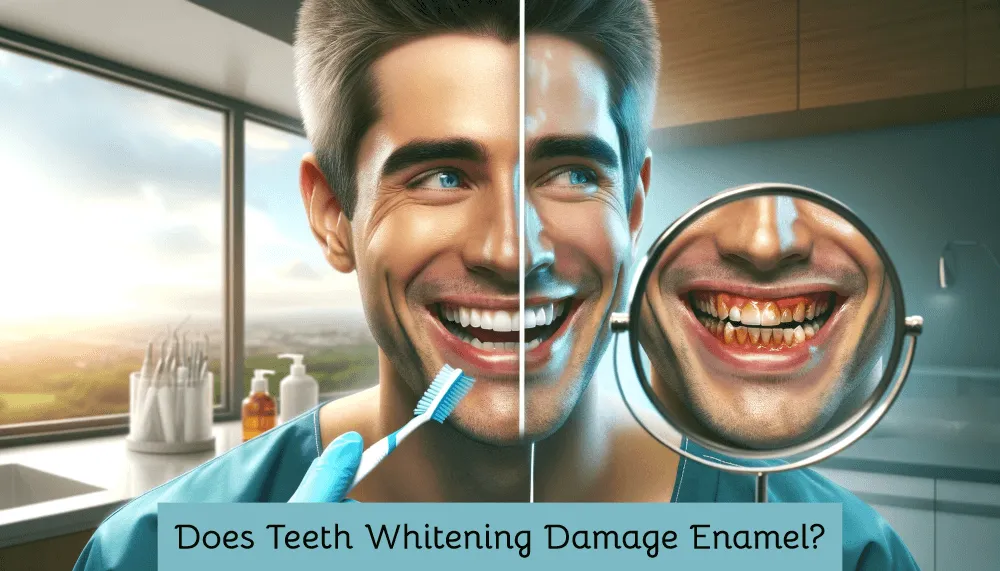Understanding Tooth Enamel and Whitening
Tooth whitening has become a popular cosmetic procedure, promising a brighter, more attractive smile. However, the process raises concerns about the impact on tooth enamel, the protective outer layer of our teeth. This article delves into the relationship between tooth whitening and enamel, exploring the science behind whitening, the potential risks, and, most importantly, how to protect your enamel throughout the process. Understanding this interplay is crucial for anyone considering tooth whitening, ensuring both aesthetic enhancement and long-term oral health. The goal is to achieve a beautiful smile without compromising the integrity of your teeth. Protecting your enamel is paramount, and this guide will provide the knowledge needed to make informed decisions and maintain a healthy, radiant smile.
What is Tooth Enamel
Tooth enamel is the hardest substance in the human body, a testament to its crucial role in protecting our teeth. It is a highly mineralized tissue, primarily composed of calcium phosphate, which gives it its strength and durability. Enamel covers the crown of the tooth, the visible part above the gum line, and acts as a shield against the wear and tear of daily chewing, biting, and exposure to acids from food and drinks. Its smooth, glossy surface also contributes to the overall appearance of our smile. The structure of enamel is complex, with tightly packed mineral crystals that create a resilient barrier. This natural barrier is what protects the inner, more sensitive parts of the tooth from damage and decay. Proper care and maintenance of enamel are essential for preserving the health and longevity of our teeth.
The Role of Enamel in Oral Health
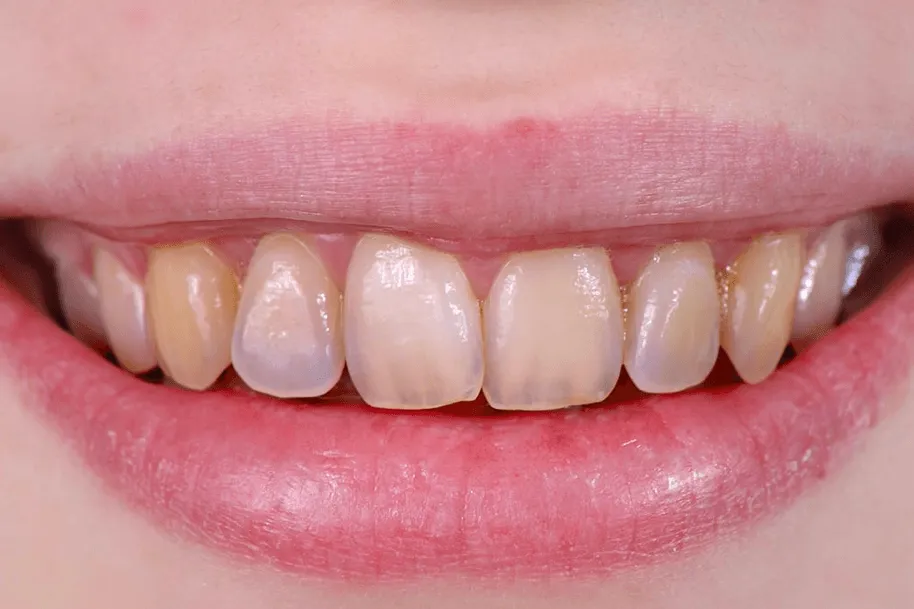
Enamel’s role extends far beyond just protecting teeth from physical damage. It acts as a barrier against bacteria, preventing them from penetrating the tooth and causing infections and cavities. Enamel’s smooth surface also helps to reduce the adhesion of plaque and tartar, further minimizing the risk of dental problems. Additionally, enamel helps to regulate the temperature within the tooth, preventing sensitivity to hot and cold foods and drinks. Healthy enamel is, therefore, fundamental to overall oral health, safeguarding the teeth against a wide range of threats. When enamel is compromised, the teeth become more vulnerable to decay, sensitivity, and even tooth loss. This underscores the critical importance of maintaining enamel health through proper oral hygiene and dental care practices.
How Tooth Whitening Works
Tooth whitening works by using bleaching agents to break down the stains and discoloration that accumulate on and within the enamel. The most common active ingredient in whitening products is hydrogen peroxide or carbamide peroxide. These chemicals penetrate the enamel and react with the stain molecules, breaking them apart and making them less visible, thus lightening the overall color of the teeth. The effectiveness of tooth whitening depends on several factors, including the type and concentration of the bleaching agent, the duration of treatment, and the type of stains being addressed. Surface stains, caused by coffee, tea, and tobacco, for example, are typically easier to remove than intrinsic stains, which originate from within the tooth. Understanding the process of tooth whitening is essential to make informed choices about the best methods for achieving a brighter smile.
Methods of Tooth Whitening
There are various methods available for tooth whitening, each with its own set of advantages and considerations. These methods range from professional in-office treatments to over-the-counter products designed for at-home use. The choice of method depends on individual needs, preferences, and the severity of the discoloration. Each method employs different concentrations of bleaching agents and application techniques. The best method for you will be determined by your dentist. It is important to understand the characteristics of each approach, as the effectiveness, safety, and potential impact on enamel can vary widely. Careful consideration of these factors ensures that the chosen method aligns with your oral health goals and minimizes the risk of any adverse effects.
In-Office Whitening Procedures
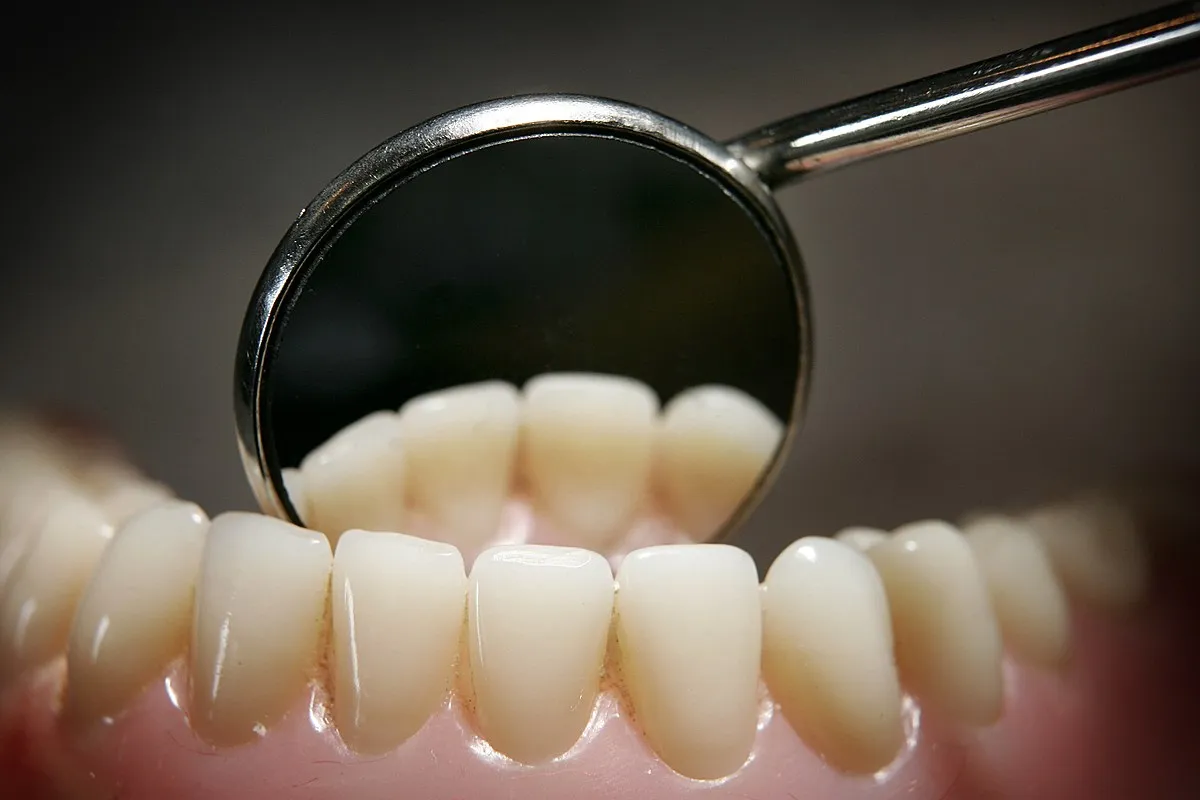
In-office whitening procedures, performed by a dentist, typically involve the use of high-concentration bleaching agents, often with the aid of specialized light or laser technology to accelerate the whitening process. The dentist carefully applies the whitening solution to the teeth, protecting the gums and soft tissues. The procedure usually involves several sessions, each lasting about an hour, with immediate and significant results. While in-office treatments offer the advantage of professional supervision and faster results, they can also be more expensive and may increase the risk of tooth sensitivity. It is vital to consult with a dentist to assess the suitability of in-office whitening based on individual oral health and the desired outcome. Regular checkups are also essential to monitor the teeth and address any potential issues promptly.
At-Home Whitening Products
At-home whitening products provide a more accessible and often more affordable alternative to professional treatments. These products come in various forms, including whitening strips, gels applied with custom trays, and whitening toothpastes. The concentration of bleaching agents in at-home products is generally lower than that used in-office, resulting in a slower but often still effective whitening process. At-home products offer convenience and flexibility, allowing individuals to whiten their teeth at their own pace and in the comfort of their homes. However, it’s essential to follow the instructions carefully and be aware of the potential risks, such as enamel sensitivity. Consulting with a dentist before using at-home whitening products is advisable, particularly for those with existing dental issues or sensitive teeth. This ensures that the chosen products are safe and appropriate for individual needs.
Potential Risks of Tooth Whitening
While tooth whitening is generally considered safe, it does come with potential risks, especially concerning enamel. The most common side effect is tooth sensitivity, which occurs when the bleaching agents penetrate the enamel and irritate the nerves within the tooth. In some cases, excessive or improper use of whitening products can lead to enamel erosion, making the teeth more susceptible to decay and damage. Additionally, some individuals may experience gum irritation or inflammation. Therefore, it is essential to be informed about these risks and take appropriate precautions. Always follow the instructions provided with the whitening products and consult with a dentist to minimize potential adverse effects and ensure the safety of your teeth.
Enamel Sensitivity and Whitening
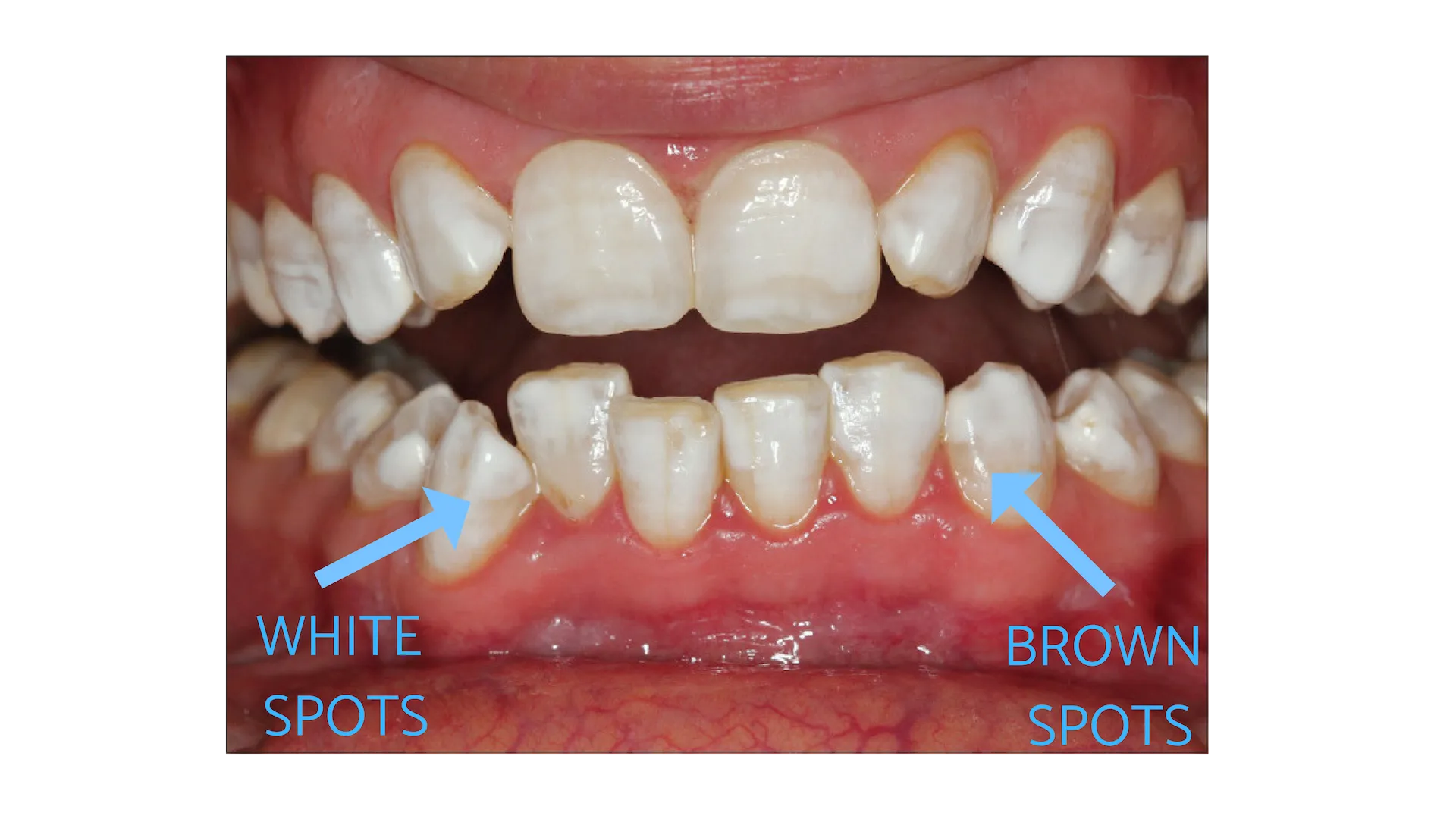
Tooth sensitivity is a frequent complaint following tooth whitening, often temporary. The bleaching agents can make the enamel more porous, allowing the nerves inside the teeth to become more sensitive to temperature changes and pressure. The intensity of the sensitivity varies from person to person. This sensation can range from mild discomfort to sharp pain. There are several ways to manage tooth sensitivity. Using toothpaste designed for sensitive teeth can help block the tubules in the enamel and reduce sensitivity. Avoiding very hot or cold foods and drinks can also minimize discomfort. For more severe cases, a dentist might recommend fluoride treatments to strengthen the enamel and decrease sensitivity. It’s important to address sensitivity promptly to ensure your comfort and to maintain the whitening process.
Enamel Erosion from Whitening
While less common, enamel erosion can occur with tooth whitening, particularly if the bleaching agents are used excessively or incorrectly. Overuse can weaken the enamel, making the teeth more vulnerable to decay, staining, and other dental problems. The severity of erosion depends on factors like the concentration of the bleaching agent, the duration of treatment, and the individual’s enamel strength. Signs of enamel erosion include increased sensitivity, changes in tooth shape or surface texture, and discoloration. To prevent enamel erosion, follow the product instructions carefully. Avoid over-whitening and consult with a dentist if you experience any concerning changes in your teeth. Regular dental checkups and cleanings are also essential for monitoring and addressing potential erosion issues early on.
Protecting Your Enamel During Whitening
Protecting your enamel is paramount when undergoing tooth whitening. Choosing the right whitening method for your needs is a crucial step. If you have sensitive teeth or a history of enamel erosion, consider lower-concentration whitening products. Professional supervision can also help to minimize risks and optimize the whitening process. Using toothpaste containing fluoride can strengthen enamel and reduce sensitivity. Avoiding acidic foods and drinks, such as citrus fruits and carbonated beverages, can also help protect your enamel, especially during and immediately after whitening. Proper oral hygiene, including regular brushing and flossing, helps to maintain the health of your enamel. Consulting a dentist before and during the whitening process is the best way to ensure safe and effective results.
Choosing the Right Whitening Method
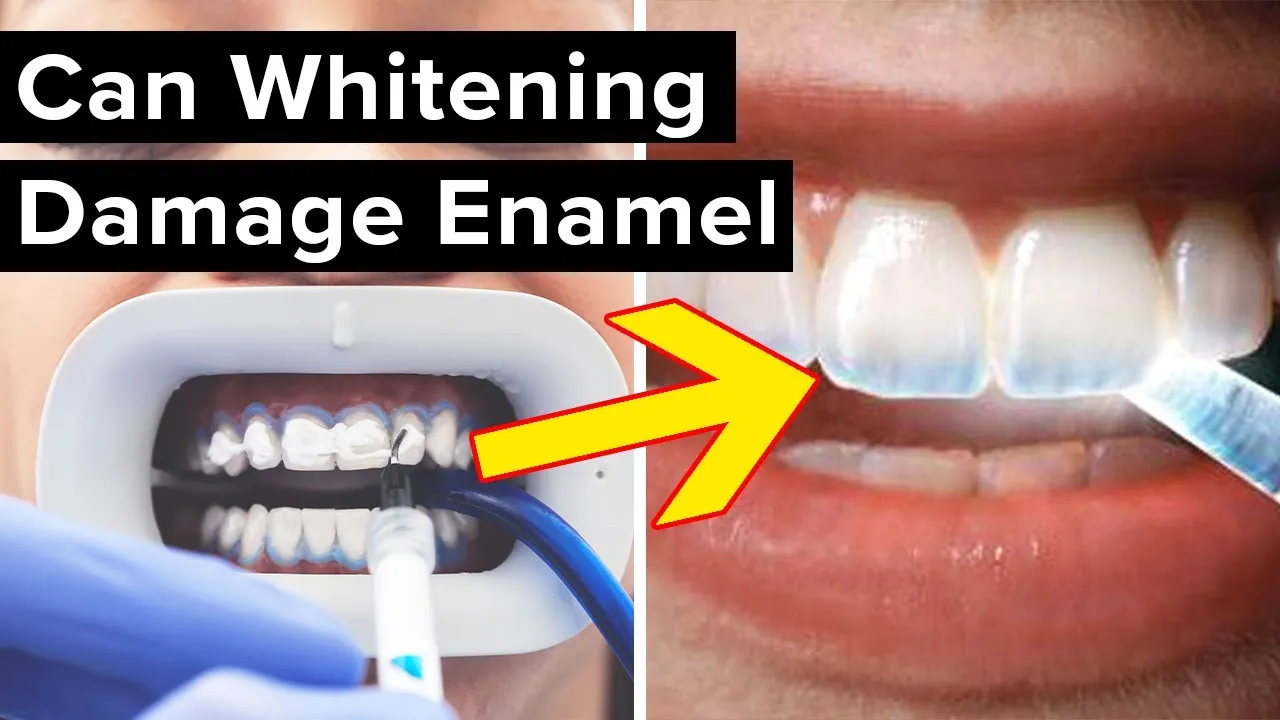
The right whitening method depends on individual needs, preferences, and oral health. Factors to consider include the severity of discoloration, your sensitivity to dental treatments, and your budget. If you have significant staining or complex dental issues, professional in-office whitening may be the best option. If you have mild discoloration and are looking for a more affordable and convenient option, at-home whitening products might be suitable. Consulting with a dentist is the best way to determine which method is right for you. They can assess your oral health, discuss your goals, and recommend the safest and most effective approach. Be sure to share any history of sensitivity or enamel erosion to make the right decision.
Using Whitening Products Safely
Using whitening products safely involves following all product instructions precisely. Never exceed the recommended dosage or treatment duration. Be aware of the concentration of the bleaching agent and the potential for side effects. If you use whitening strips, ensure that the gel doesn’t come into contact with your gums, as this can cause irritation. For tray-based systems, ensure that the trays fit properly to prevent the bleaching agent from leaking out. If you experience any unusual sensitivity, discontinue use and consult with your dentist. Always store whitening products as directed and keep them out of reach of children. Regular dental checkups can also help to monitor the effects of the whitening treatment on your enamel and overall oral health.
Maintaining Oral Hygiene
Maintaining excellent oral hygiene is essential for protecting your enamel and preserving your newly whitened smile. Brushing your teeth twice a day with a fluoride toothpaste is crucial for removing plaque and bacteria. Flossing daily helps to remove plaque and food particles from between your teeth, where your toothbrush cannot reach. Rinsing your mouth with an antimicrobial mouthwash can further reduce the amount of bacteria in your mouth. Regular dental checkups and professional cleanings are also essential for maintaining your oral health and identifying any potential issues early on. These practices help protect your enamel. This will also help ensure your teeth remain healthy and bright after tooth whitening.
Post-Whitening Care
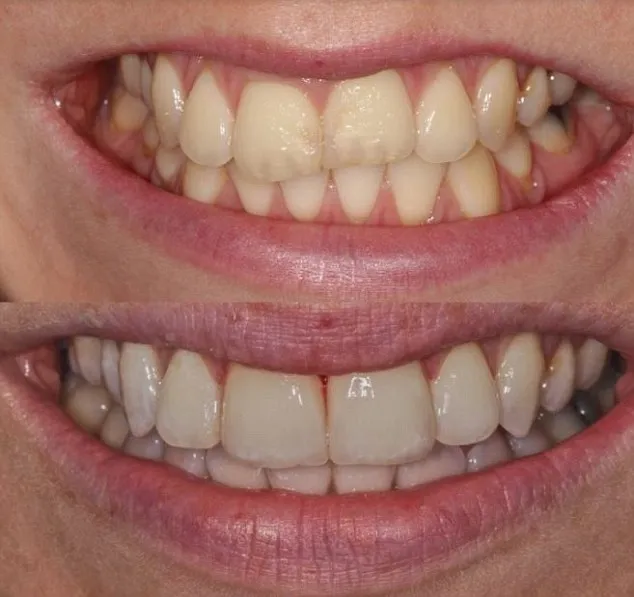
Post-whitening care is essential to protect your teeth and maintain your results. After whitening, your teeth are more susceptible to staining, so it’s important to avoid foods and drinks that can stain teeth, such as coffee, tea, red wine, and dark-colored berries. If you consume these, rinse your mouth with water immediately afterward. Using a whitening toothpaste can help to maintain the brightness of your teeth. However, be sure to use it as directed, as excessive use can affect enamel. Continuing your regular oral hygiene routine, including brushing, flossing, and using mouthwash, is also important. Regular dental checkups and cleanings will help maintain your oral health and the results of your whitening treatment. Your dentist can provide recommendations on how to best maintain your white smile.
Regular Dental Check-ups
Regular dental check-ups are crucial for maintaining overall oral health and for monitoring the effects of tooth whitening on your enamel. During a dental check-up, the dentist will examine your teeth and gums, looking for any signs of decay, gum disease, or enamel erosion. They can also perform a professional cleaning to remove plaque and tartar. Regular visits allow your dentist to identify and address any issues early on, preventing them from becoming more serious. Your dentist can also provide personalized advice on oral hygiene practices and recommend the best products for your specific needs. Schedule check-ups every six months, or as recommended by your dentist. These checkups are essential to ensure the longevity and health of your whitened smile.
